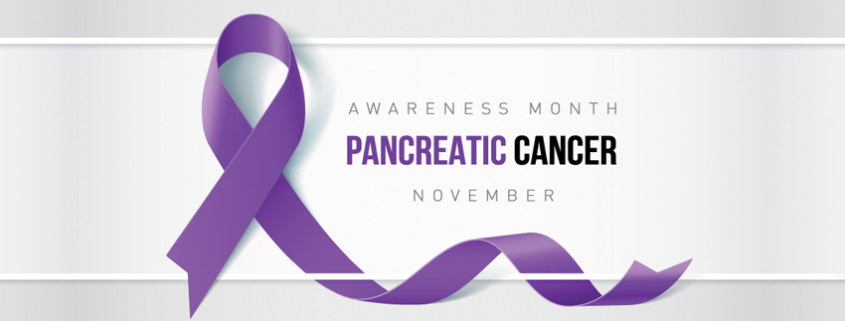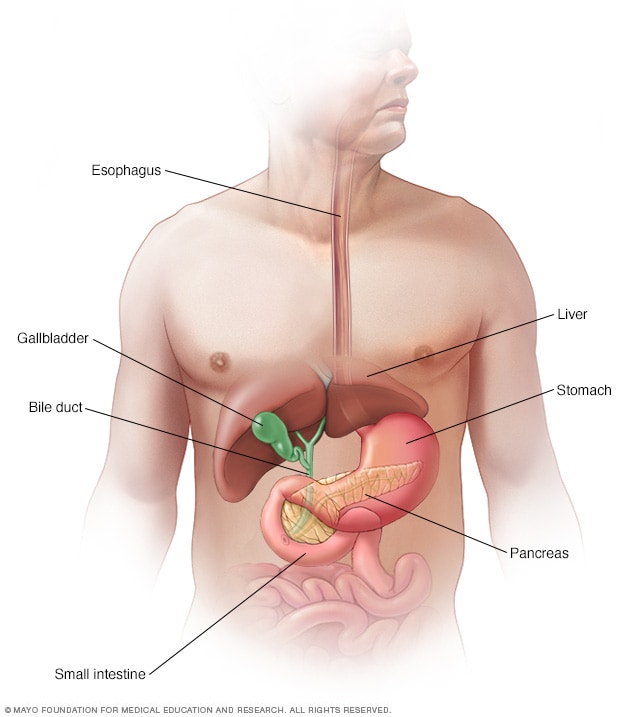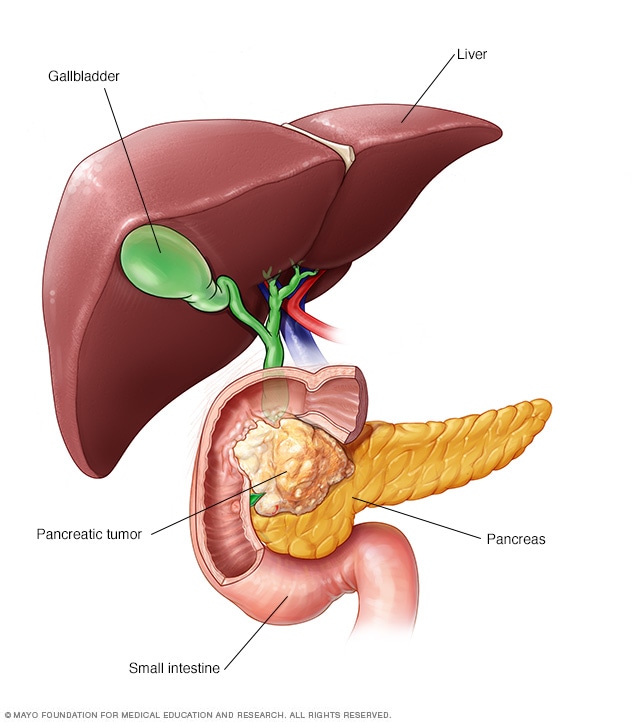November is Pancreatic Cancer Awareness Month
November is Pancreatic Cancer Awareness Month, when we as a community shine the brightest! It is yet another occasion for us to celebrate our survivors and honor loved ones who have fought this disease. There is also a unique opportunity this month to raise awareness, educate the world by sharing our stories, raise money for research and let patients know that we will never give up.
The Hirshberg Foundation strives to guide and embrace each patient, support every family and fund the foremost cutting-edge researchers who will yield results and turn the tide. We accomplish this by funding Seed Grants, providing patient services and giving communities opportunities to unite through our events. We couldn’t do any of it without you, especially in November.
Show your support this month by joining our November awareness campaign: Celebrate, Participate and Dedicate! Each word represents an action you can take to make a difference in the fight against this disease. It remains the Hirshberg Foundation’s heartfelt promise to never give up in this fight against pancreatic cancer, and together, we can fulfill that promise. Below, in our What You Can Do section, learn how to get started!
Pancreatic Cancer Facts
1. Pancreatic cancer is the 3rd leading cause of cancer-related death in the United States surpassing breast cancer. It is expected to become the 2nd by 2020, surpassing colon cancer.
2. Every day, more than 1,257 people worldwide will be diagnosed with pancreatic cancer. In nearly every country, pancreatic cancer is the only major cancer with a single-digit five-year survival rate of 2-9%.
3. It is estimated that in 2025, 557,688 new cases will be diagnosed globally.
As a member of the World Pancreatic Cancer Coalition we recognize we are not in this fight alone. Our message to Never Give Up goes hand-in-hand with the coalition’s message to Demand Better. We’ve made great strides but pancreatic cancer families affected by this disease deserve a fighting chance. Better progress starts with early detection. The key to early detection is knowing the symptoms and risks for pancreatic cancer. Know the Signs and Symptoms and learn more about patient tools, resources and our educational symposium today.
What you can Do
World Pancreatic Cancer Day on November 21st with a selfie or group photo wearing something purple and sharing on social media with the hashtag #XXXX.
Participate in November effortlessly when making your usual Amazon purchases on www.AmazonSmile.com. Select our foundation as your charity and a percentage of your purchase will be donated to us.
Dedicate a race and Marathon Goddess Julie Weiss will run a marathon, half marathon, 10K or 5K in honor of a survivor or in memory of a loved one. Visit www.52Racesfor52Faces.com to make your dedication.
Key Dates this Month
11/21-WPCD: On World Pancreatic Cancer Day, people around the world will unite to demand better in the fight against the world’s toughest cancer.
12/2 – Cyber Monday (Amazon): We have Black Friday for shopping. Cyber Monday is for more shopping.
12/3 Giving Tuesday: #GivingTuesday is to make an impact during the holiday season.
Overview
The pancreas in the digestive system
Pancreatic cancer
Pancreatic cancer begins in the tissues of your pancreas — an organ in your abdomen that lies horizontally behind the lower part of your stomach. Your pancreas releases enzymes that aid digestion and hormones that help manage your blood sugar.
Pancreatic cancer typically spreads rapidly to nearby organs. It is seldom detected in its early stages. But for people with pancreatic cysts or a family history of pancreatic cancer, some screening steps might help detect a problem early. One sign of pancreatic cancer is diabetes, especially when it occurs with weight loss, jaundice or pain in the upper abdomen that spreads to the back.
Treatment may include surgery, chemotherapy, radiation therapy or a combination of these.
Symptoms
Signs and symptoms of pancreatic cancer often don’t occur until the disease is advanced. They may include:
- Pain in the upper abdomen that radiates to your back
- Loss of appetite or unintended weight loss
- Depression
- New-onset diabetes
- Blood clots
- Fatigue
- Yellowing of your skin and the whites of your eyes (jaundice)
When to see a doctor
See your doctor if you experience unexplained weight loss or if you have persistent fatigue, abdominal pain, jaundice, or other signs and symptoms that bother you. Many conditions can cause these symptoms, so your doctor may check for these conditions as well as for pancreatic cancer.
Causes
It’s not clear what causes pancreatic cancer in most cases. Doctors have identified factors, such as smoking, that increase your risk of developing the disease.
Understanding your pancreas
Your pancreas is about 6 inches (15 centimeters) long and looks something like a pear lying on its side. It releases (secretes) hormones, including insulin, to help your body process sugar in the foods you eat. And it produces digestive juices to help your body digest food.
How pancreatic cancer forms
Pancreatic cancer occurs when cells in your pancreas develop mutations in their DNA. These mutations cause cells to grow uncontrollably and to continue living after normal cells would die. These accumulating cells can form a tumor. Untreated pancreatic cancer spreads to nearby organs and blood vessels.
Most pancreatic cancer begins in the cells that line the ducts of the pancreas. This type of cancer is called pancreatic adenocarcinoma or pancreatic exocrine cancer. Rarely, cancer can form in the hormone-producing cells or the neuroendocrine cells of the pancreas. These types of cancer are called islet cell tumors, pancreatic endocrine cancer and pancreatic neuroendocrine tumors.
Risk factors
Factors that may increase your risk of pancreatic cancer include:
- Chronic inflammation of the pancreas (pancreatitis)
- Diabetes
- Family history of genetic syndromes that can increase cancer risk, including a BRCA2 gene mutation, Lynch syndrome and familial atypical mole-malignant melanoma (FAMMM) syndrome
- Family history of pancreatic cancer
- Smoking
- Obesity
- Older age, as most people are diagnosed after age 65
A large study demonstrated that the combination of smoking, long-standing diabetes and a poor diet increases the risk of pancreatic cancer beyond the risk of any one of these factors alone.
Complications
Endoscopic retrograde cholangiopancreatography (ERCP)
As pancreatic cancer progresses, it can cause complications such as:
- Weight loss. A number of factors may cause weight loss in people with pancreatic cancer. The cancer itself may cause weight loss. Nausea and vomiting caused by cancer treatments or a tumor pressing on your stomach may make it difficult to eat. Or your body may have difficulty processing nutrients from food because your pancreas isn’t making enough digestive juices.Your doctor may recommend pancreatic enzyme supplements to aid in digestion. Try to maintain your weight by adding extra calories where you can and making mealtime as pleasant and relaxed as possible.
- Jaundice. Pancreatic cancer that blocks the liver’s bile duct can cause jaundice. Signs include yellow skin and eyes, dark-colored urine, and pale-colored stools. Jaundice usually occurs without abdominal pain.Your doctor may recommend that a plastic or metal tube (stent) be placed inside the bile duct to hold it open. This is done with the help of a procedure called endoscopic retrograde cholangiopancreatography (ERCP). During ERCP an endoscope is passed down your throat, through your stomach and into the upper part of your small intestine. A dye is then injected into the pancreatic and bile ducts through a small hollow tube (catheter) that’s passed through the endoscope. Finally, images are taken of the ducts.
- Pain. A growing tumor may press on nerves in your abdomen, causing pain that can become severe. Pain medications can help you feel more comfortable. Radiation therapy might help stop tumor growth temporarily to give you some relief.In severe cases, your doctor might recommend a procedure to inject alcohol into the nerves that control pain in your abdomen (celiac plexus block). This procedure stops the nerves from sending pain signals to your brain.
- Bowel obstruction. Pancreatic cancer that grows into or presses on the first part of the small intestine (duodenum) can block the flow of digested food from your stomach into your intestines.Your doctor may recommend a tube (stent) be placed in your small intestine to hold it open. Or surgery may be necessary to attach your stomach to a lower point in your intestines that isn’t blocked by cancer.
Prevention
You may reduce your risk of pancreatic cancer if you:
- Stop smoking. If you smoke, try to stop. Talk to your doctor about strategies to help you stop, including support groups, medications and nicotine replacement therapy. If you don’t smoke, don’t start.
- Maintain a healthy weight. If you are at a healthy weight, work to maintain it. If you need to lose weight, aim for a slow, steady weight loss — 1 to 2 pounds (0.5 to 1 kilogram) a week. Combine daily exercise with a diet rich in vegetables, fruit and whole grains with smaller portions to help you lose weight.
- Choose a healthy diet. A diet full of colorful fruits and vegetables and whole grains may help reduce your risk of cancer.
Consider meeting with a genetic counselor if you have a family history of pancreatic cancer. He or she can review your family health history with you and determine whether you might benefit from a genetic test to understand your risk of pancreatic cancer or other cancers.






